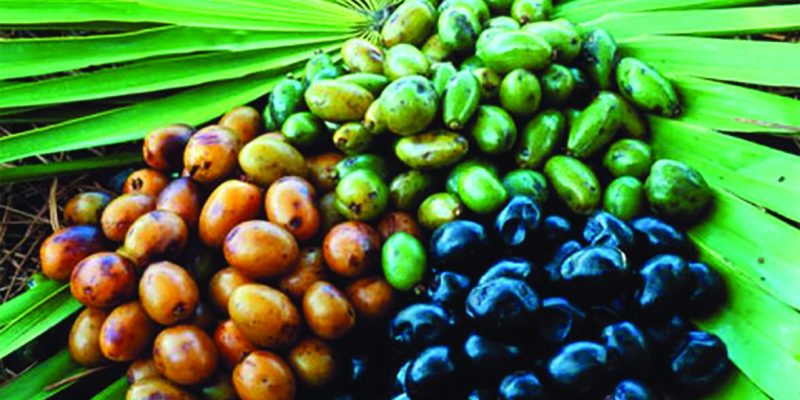
THE PROSTATE: What is it?
The prostate is a small rounded organ in the shape and size of a chestnut that is part of the male genital system. It is positioned in the pelvis, just below the bladder and in front of the rectum and envelops the upper part of the urethra.
Its main function is to produce and emit seminal fluid, one of the components of sperm, which contains the elements necessary to nourish and transport the spermatozoa.

THE PROSTATE: WHY IS IT IMPORTANT?
Due to its anatomical location and the functions in which the prostrate is involved, it strongly influences urination. For reasons substantially related to the aging of the body, with advancing age basically after the age of 50, the prostrate tends to progressively increase in size, compressing the bladder and to partially obstruct the urethra tract that passes through it. In these cases we speak of Hypertrophy Benign prostate, a disease that consists precisely in the non-cancerous enlargement of this gland and which can affect 50% of male subjects over 60.
BENIGN HYPERTROPHY OF THE PROSTATE: CAUSES AND SYMPTOMS
The cause of this disorder appears to be mainly hormonal in nature. In the course of male aging there would seem to be a hormonal imbalance between male hormones
(Androgens) and female hormones (Estrogens). In particular, it has been shown that Dihydrotestosterone, synthesize in the prostrate from circulating testosterone, would stimulate the excessive proliferation of prostate cells.
The enlargement of the prostate by squeezing the urethra and compressing the bladder can cause urinary problems over time, characterized by two main types of symptoms;
- obstructive (difficulty starting urination, weak urine flow)
- irritation (increased frequency in urinating, especially at night, burning when urinating)
BENIGN HYPERTROPHY OF THE PROSTATE: THERAPY
There are numerous active pharmacological ingredients available that can improve the symptoms of benign prostatic hypertrophy which, however can sometimes cause some unpleasant side effects. For this reason, a phytotherapeutic extract derived from the berries of a dwarf palm, SERENOA REPENS is still widely used. These dark coloured berries are rich in free fatty acids and sterols. These active ingredients of Serenoa repens have an important action capable of antagonizing androgens and in particular testosterone by limiting the enlargement of the prostate.
Serenoa repens has recently highlighted the specific anti-inflammatory effects on the prostate which can make it particularly useful for various forms of prostatitis in younger subjects.
This activity is combined with extremely modest gastric side effects that can be totally avoided by taking Serenoa repens on a full stomach
For further information, please use the contact form which is available via the menu at the top of the page

